Cover
Copyright
Credits
About the Author
About the Reviewers
www.PacktPub.com
Table of Contents
Preface
Chapter 1: Building a Game
Application
Application components
Exploring the Bullet and FreeGLUT projects
Exploring Bullet's built-in demo applications
Starting a new project
Building the application layer
Configuring FreeGLUT
glutKeyboardFunc/glutKeyboardUpFunc
glutSpecialFunc/glutSpecialUpFunc
glutMouseFunc
glutMotionFunc/glutPassiveMotionFunc
glutReshapeFunc
glutDisplayFunc
glutIdleFunc
Initializing FreeGLUT
glutInit
glutInitDisplayMode
glutInitWindowPosition/glutInitWindowSize
glutCreateWindow
glutSetOption
Launching FreeGLUT
Summary
Chapter 2
: Rendering and User Input
Rendering the scene
Introducing double-buffering
Understanding the basics of camera
glIdentity
glFrustum
gluLookAt
glViewport
Basic rendering and lighting
Creating a simple box
Let there be light!
Normals
Creating ambient, diffuse, and specular lighting
Understanding depth testing
glLightfv
glEnable
glMaterialfv/glMateriali
glShadeModel
glDepthFunc
Coloring your box
Understanding rendering pipelines
User input and camera control
Implementing camera control
Gathering user input
Summary
Chapter 3
: Physics Initialization
The core bullet objects
The world object
The broad phase
The collision configuration
The collision dispatcher
The constraint solver
Creating the Bullet components
Creating our first physics object
The collision shape
The motion state
The collision object
Building a custom motion state
Creating a box
Rendering from transform data
Stepping the simulation
Summary
Chapter 4
: Object Management and Debug Rendering
Handling multiple objects
Designing our objects
Rendering our objects
Storing our objects
Creating our objects
Debug rendering
Building the debug drawer
Introducing activation states
The domino effect
Summary
Chapter 5
: Raycasting and Constraints
The power of raycasting
Picking rays
Destroying objects
Constraints
Understanding constraints
Picking up the objects
Building a constraint
Summary
Chapter 6
: Events, Triggers, and Explosions
Building a collision event system
Explaining the persistent manifolds
Managing the collision event
Building trigger volumes
Disabling contact response
Force, torque, and impulse
Understanding the object motion
Applying forces
Applying impulses
Summary
Chapter 7
: Collision Shapes
Spheres and cylinders
Convex hulls
Creating convex hulls from mesh data
Compound shapes
Summary
Chapter 8
: Collision Filtering
Groups and masks
Defining linear and angular freedom
Summary
Chapter 9
: Soft Body Dynamics
Soft body requirements
Initialization
Creating soft bodies
Rendering soft bodies
Summary
Index
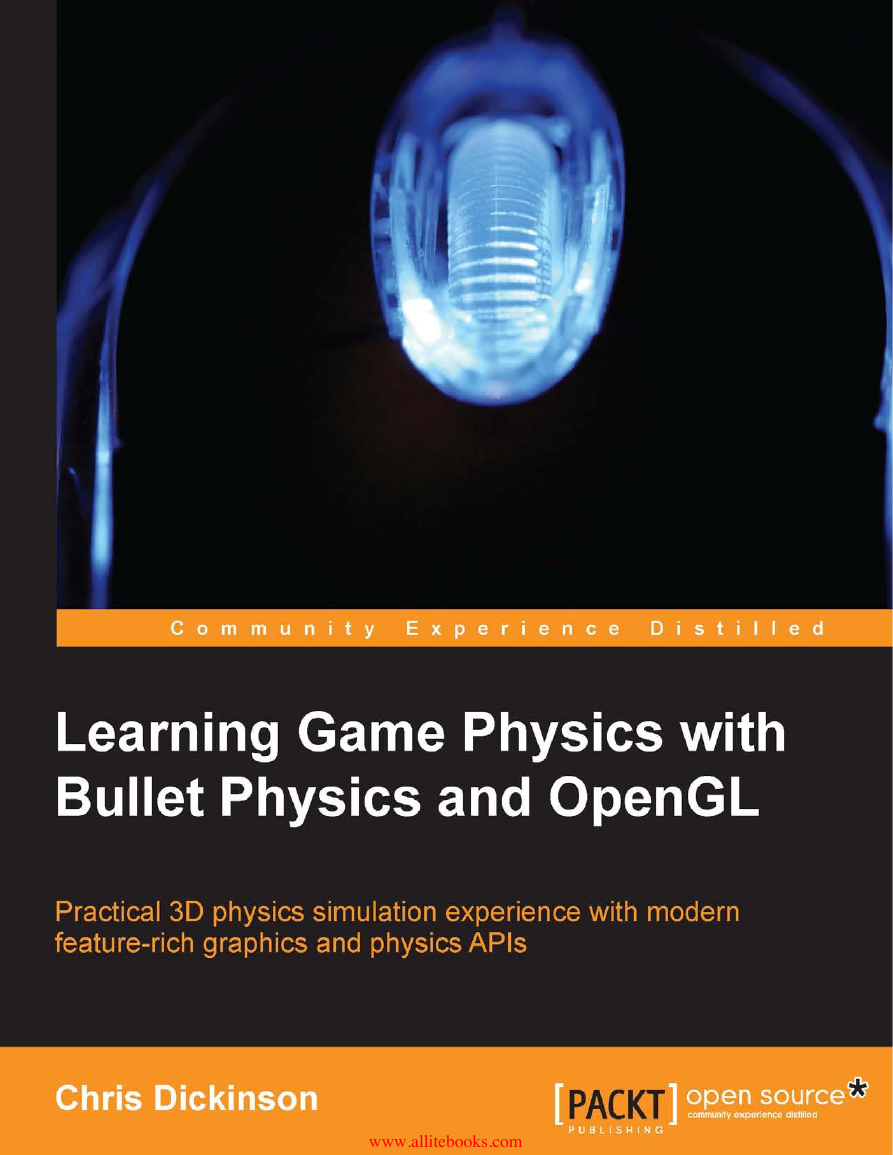
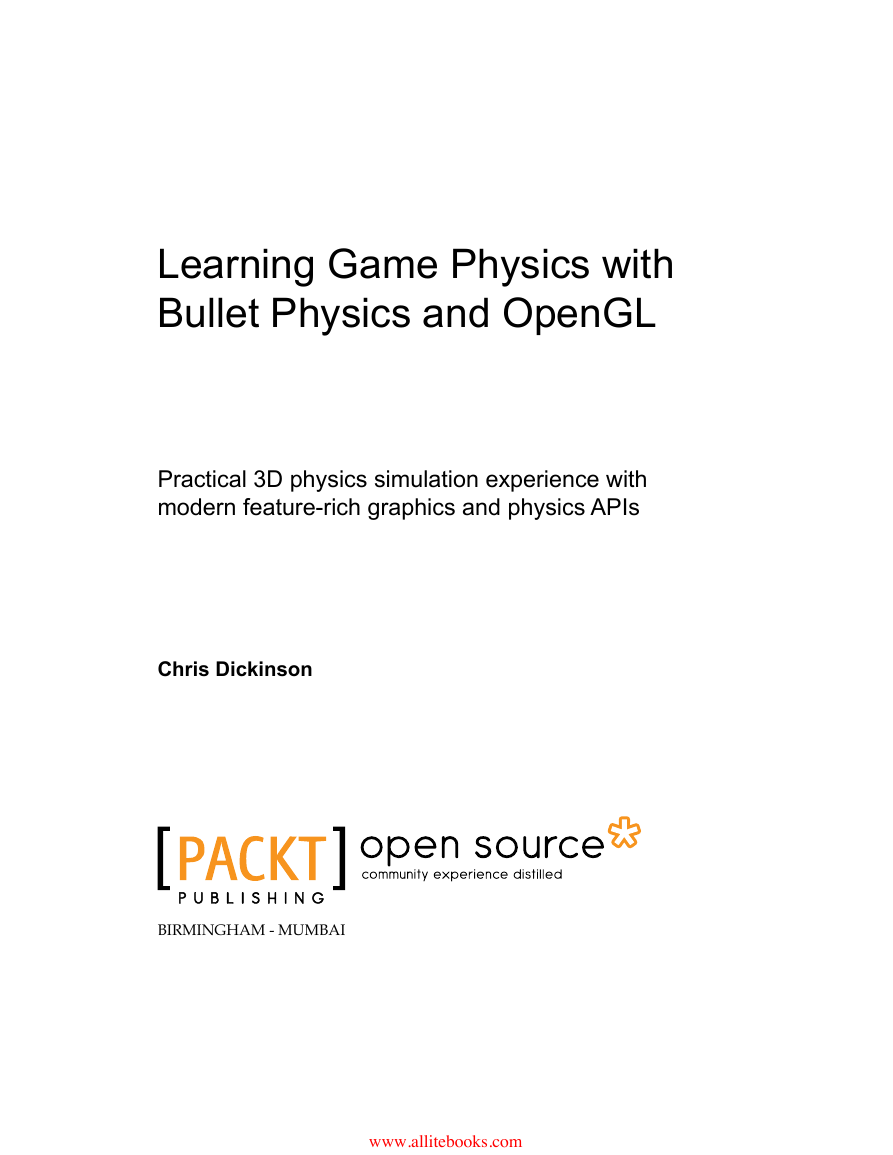
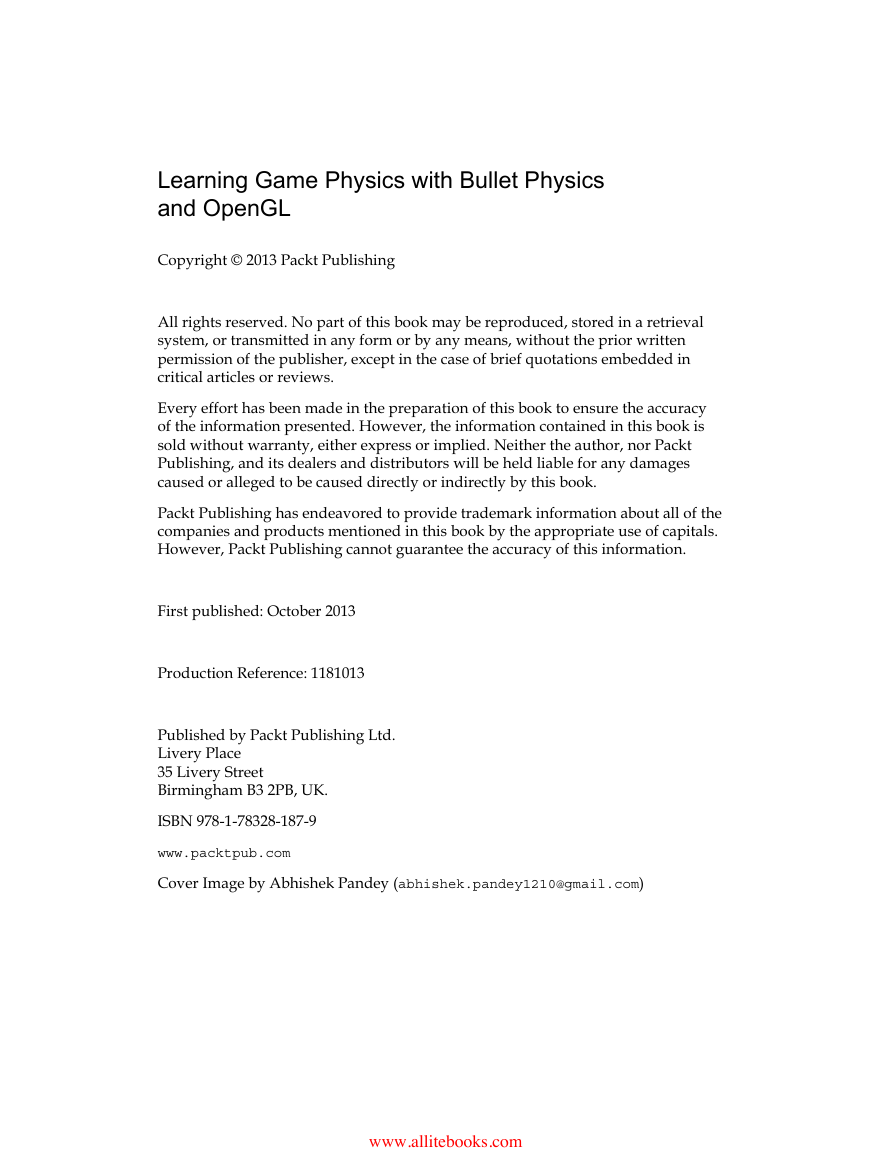
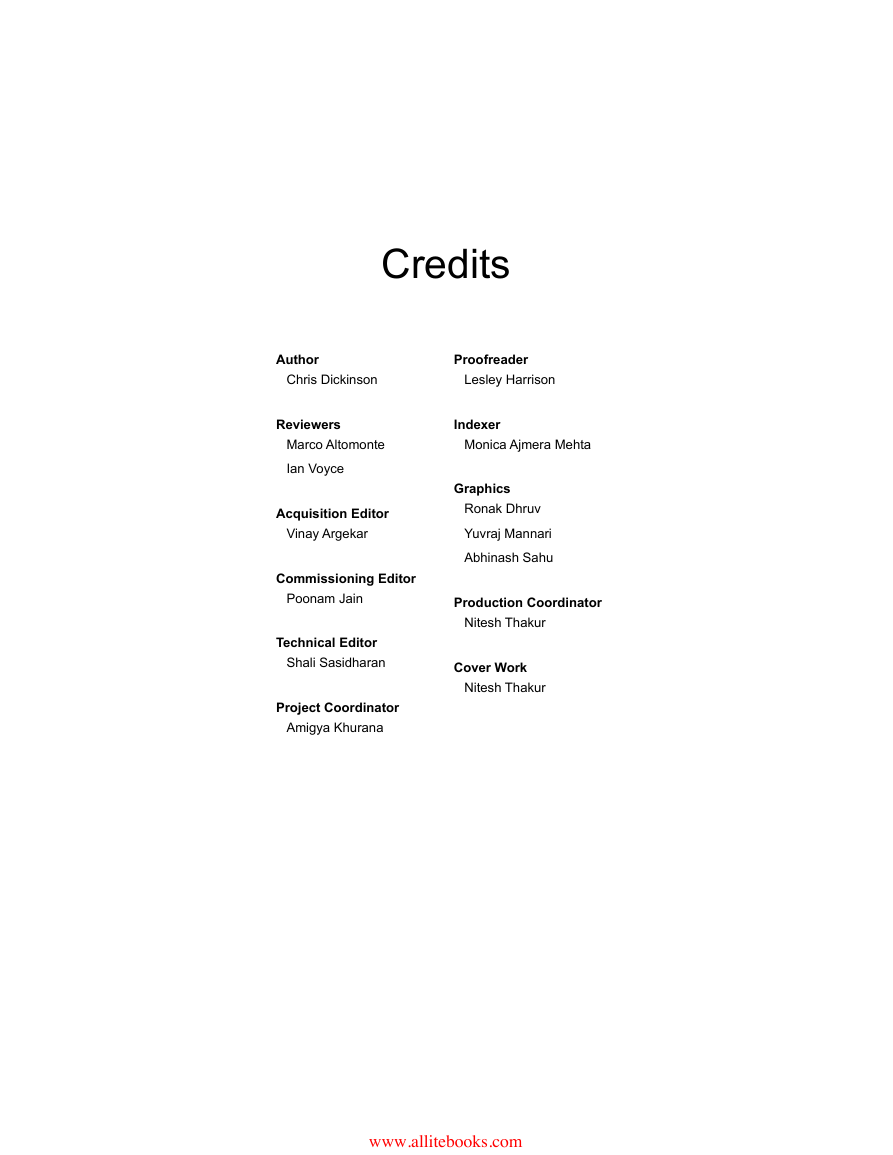
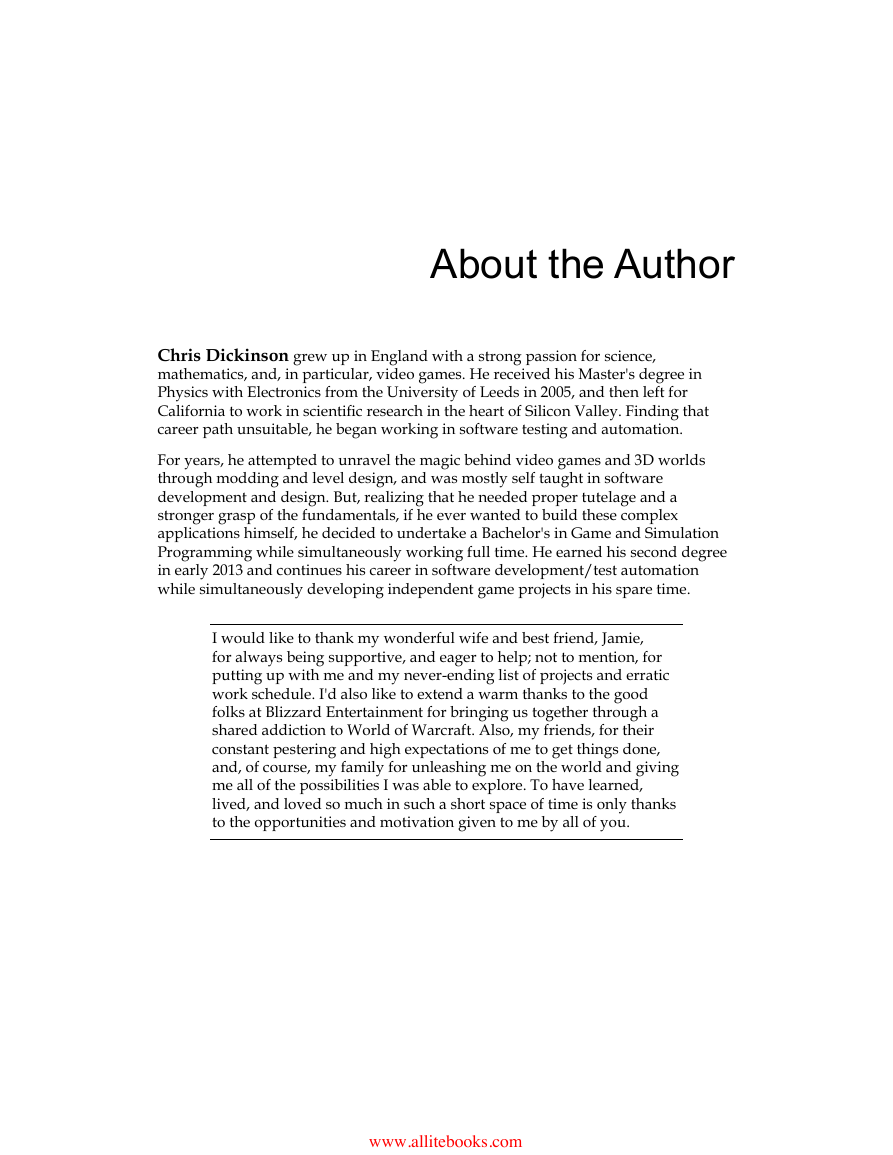
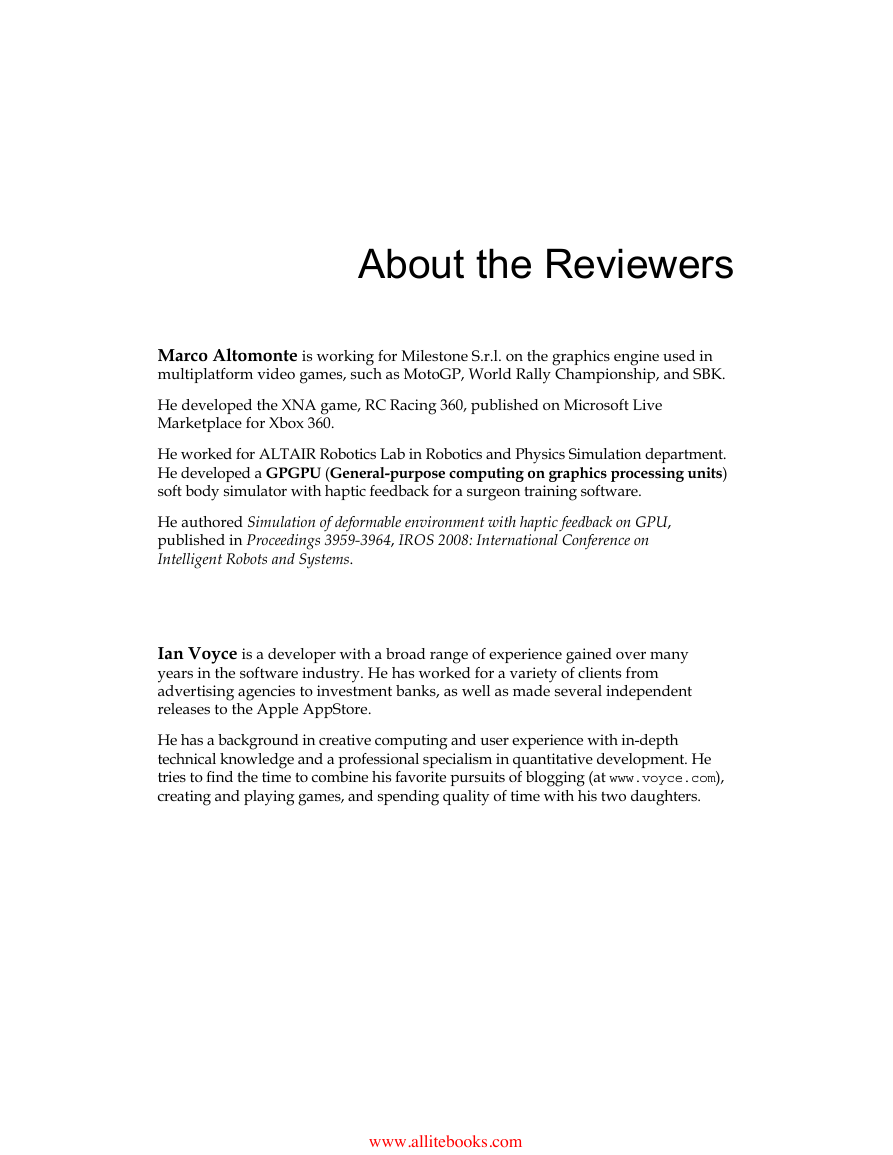
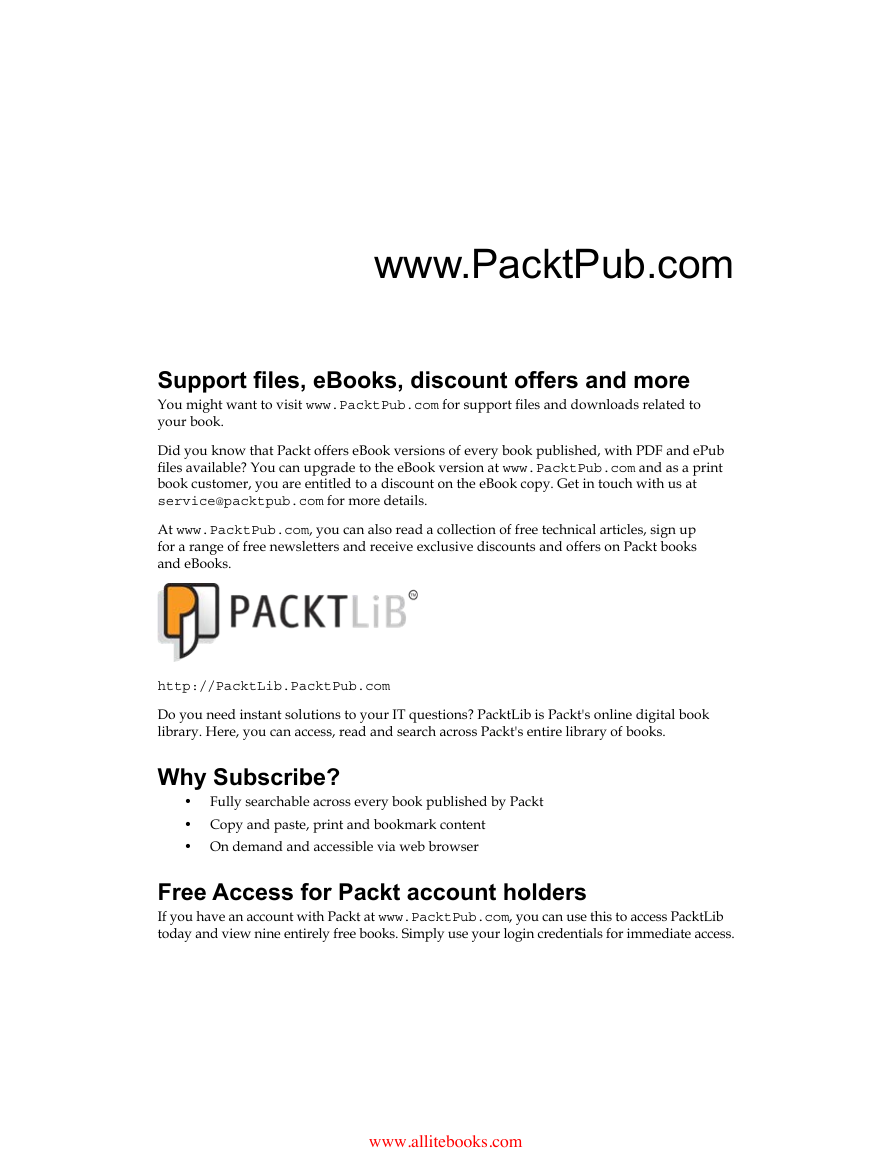
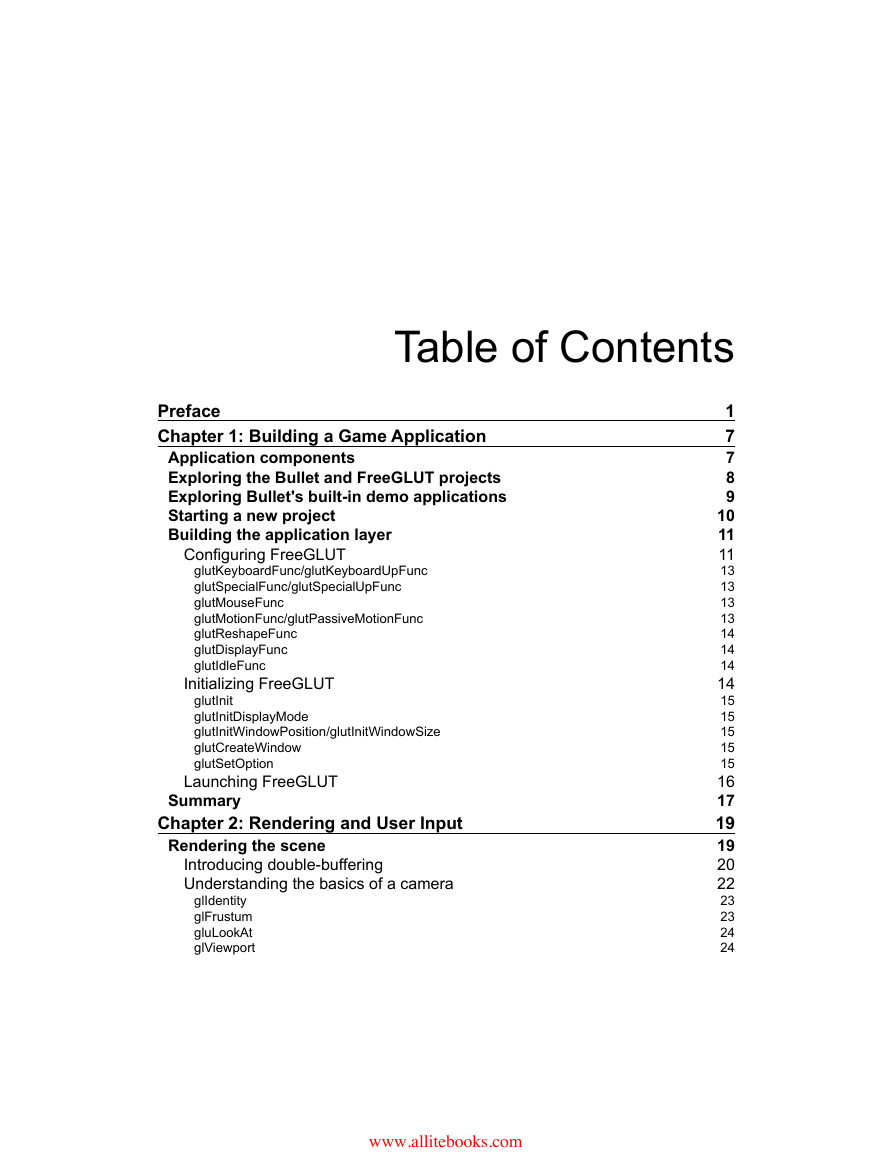








 2023年江西萍乡中考道德与法治真题及答案.doc
2023年江西萍乡中考道德与法治真题及答案.doc 2012年重庆南川中考生物真题及答案.doc
2012年重庆南川中考生物真题及答案.doc 2013年江西师范大学地理学综合及文艺理论基础考研真题.doc
2013年江西师范大学地理学综合及文艺理论基础考研真题.doc 2020年四川甘孜小升初语文真题及答案I卷.doc
2020年四川甘孜小升初语文真题及答案I卷.doc 2020年注册岩土工程师专业基础考试真题及答案.doc
2020年注册岩土工程师专业基础考试真题及答案.doc 2023-2024学年福建省厦门市九年级上学期数学月考试题及答案.doc
2023-2024学年福建省厦门市九年级上学期数学月考试题及答案.doc 2021-2022学年辽宁省沈阳市大东区九年级上学期语文期末试题及答案.doc
2021-2022学年辽宁省沈阳市大东区九年级上学期语文期末试题及答案.doc 2022-2023学年北京东城区初三第一学期物理期末试卷及答案.doc
2022-2023学年北京东城区初三第一学期物理期末试卷及答案.doc 2018上半年江西教师资格初中地理学科知识与教学能力真题及答案.doc
2018上半年江西教师资格初中地理学科知识与教学能力真题及答案.doc 2012年河北国家公务员申论考试真题及答案-省级.doc
2012年河北国家公务员申论考试真题及答案-省级.doc 2020-2021学年江苏省扬州市江都区邵樊片九年级上学期数学第一次质量检测试题及答案.doc
2020-2021学年江苏省扬州市江都区邵樊片九年级上学期数学第一次质量检测试题及答案.doc 2022下半年黑龙江教师资格证中学综合素质真题及答案.doc
2022下半年黑龙江教师资格证中学综合素质真题及答案.doc